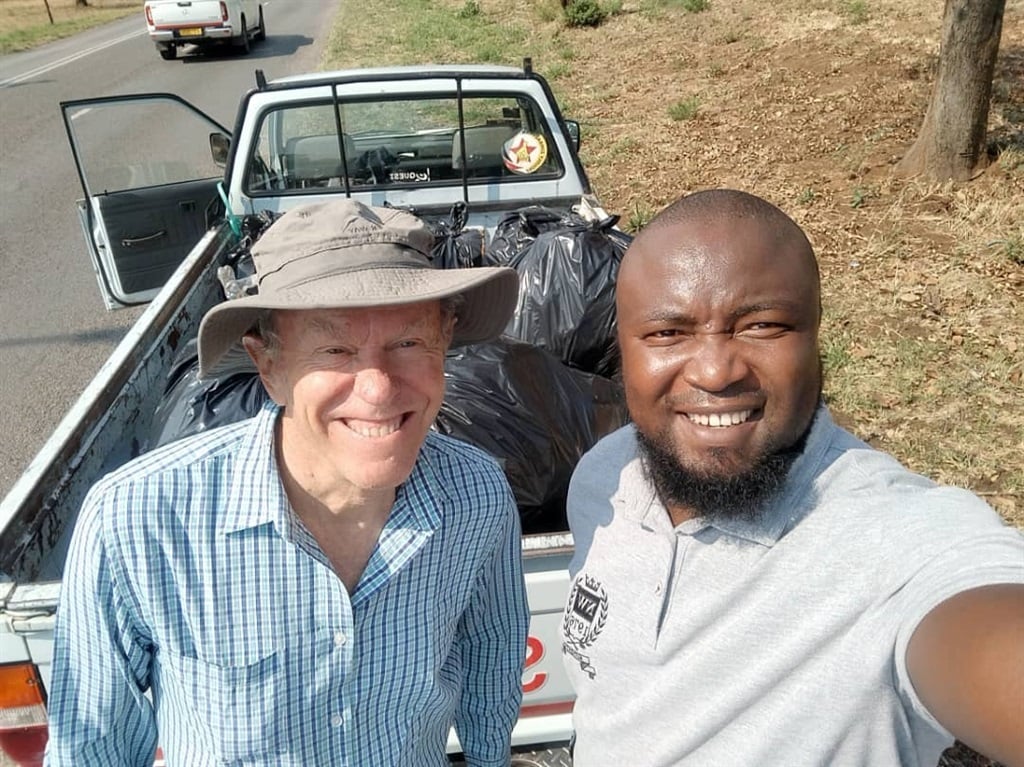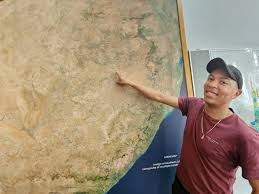Cecil’s killing sparked what’s been called the biggest global response to a wildlife story ever.

Lions have declined precipitously in the wild, down from an estimated 200,000 continent-wide a century ago to about 20,000 today. Trophy hunting advocates and some conservationists argue that fees from hunts support conservation efforts for the big cats, whose main threats are habitat loss, prey depletion, and greater conflict with humans.
Palmer, a dentist from Minnesota, is said to have paid $54,000 to bow-hunt Cecil, a magnificent, black-maned, 13-year-old lion who lived in Zimbabwe’s Hwange National Park and was well known to visitors. On July 1, he hit Cecil with an arrow on a farm outside the park, a place where the lion usually went to explore. The team tracked the famed cat and shot him again 11 hours later.
A year ago this week Cecil the lion was killed by Walter Palmer, sparking an international outcry and greater scrutiny of trophy hunting for the heads, skins, or other body parts of wild animals. Eight African countries allow the consistent export of lion parts, including Mozambique, Zimbabwe, Namibia, and Tanzania, which holds nearly half the continent’s wild lions.
Lions have declined precipitously in the wild, down from an estimated 200,000 continent-wide a century ago to about 20,000 today. Trophy hunting advocates and some conservationists argue that fees from hunts support conservation efforts for the big cats, whose main threats are habitat loss, prey depletion, and greater conflict with humans.
Palmer, a dentist from Minnesota, is said to have paid $54,000 to bow-hunt Cecil, a magnificent, black-maned, 13-year-old lion who lived in Zimbabwe’s Hwange National Park and was well known to visitors. On July 1, he hit Cecil with an arrow on a farm outside the park, a place where the lion usually went to explore. The team tracked the famed cat and shot him again 11 hours later.






